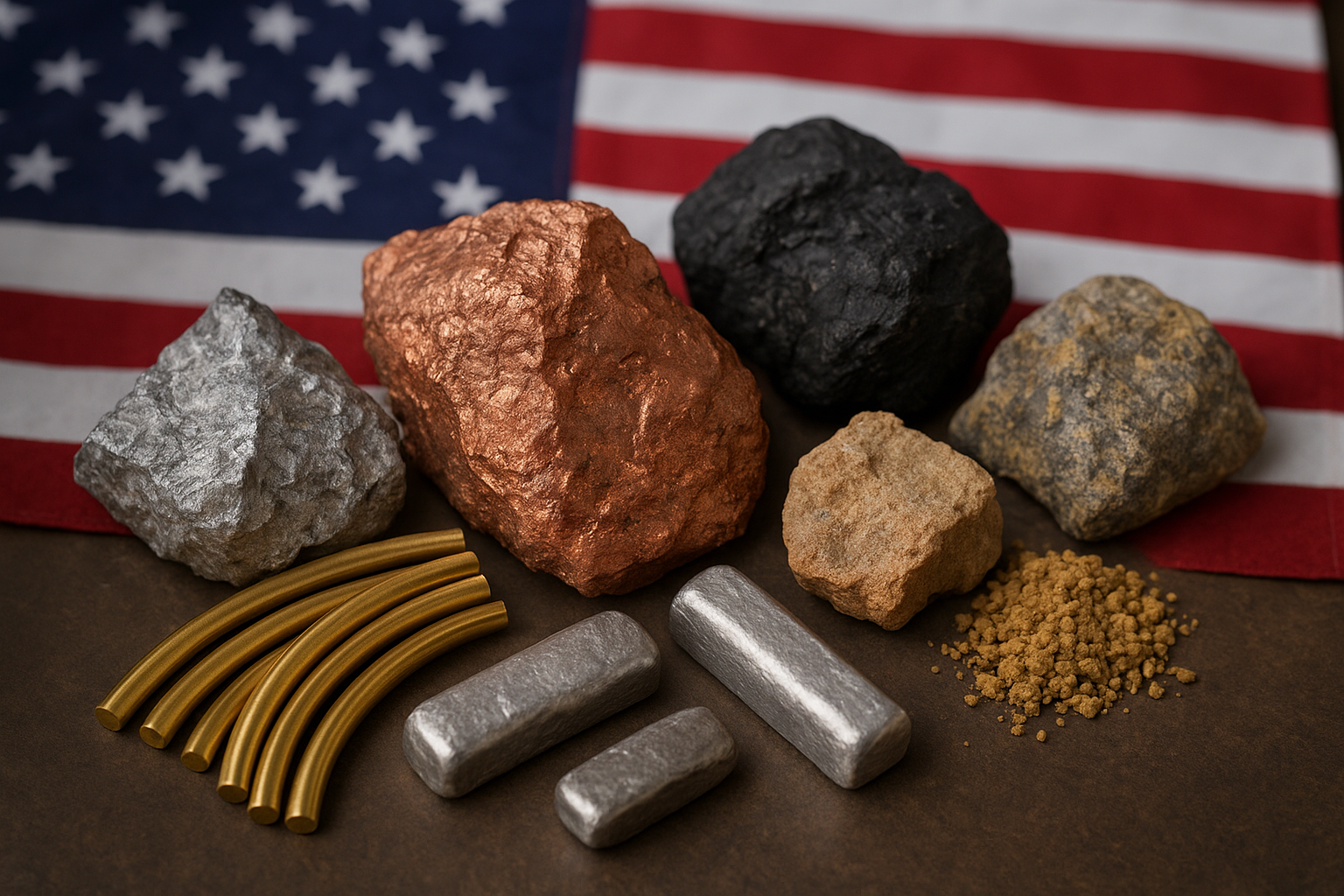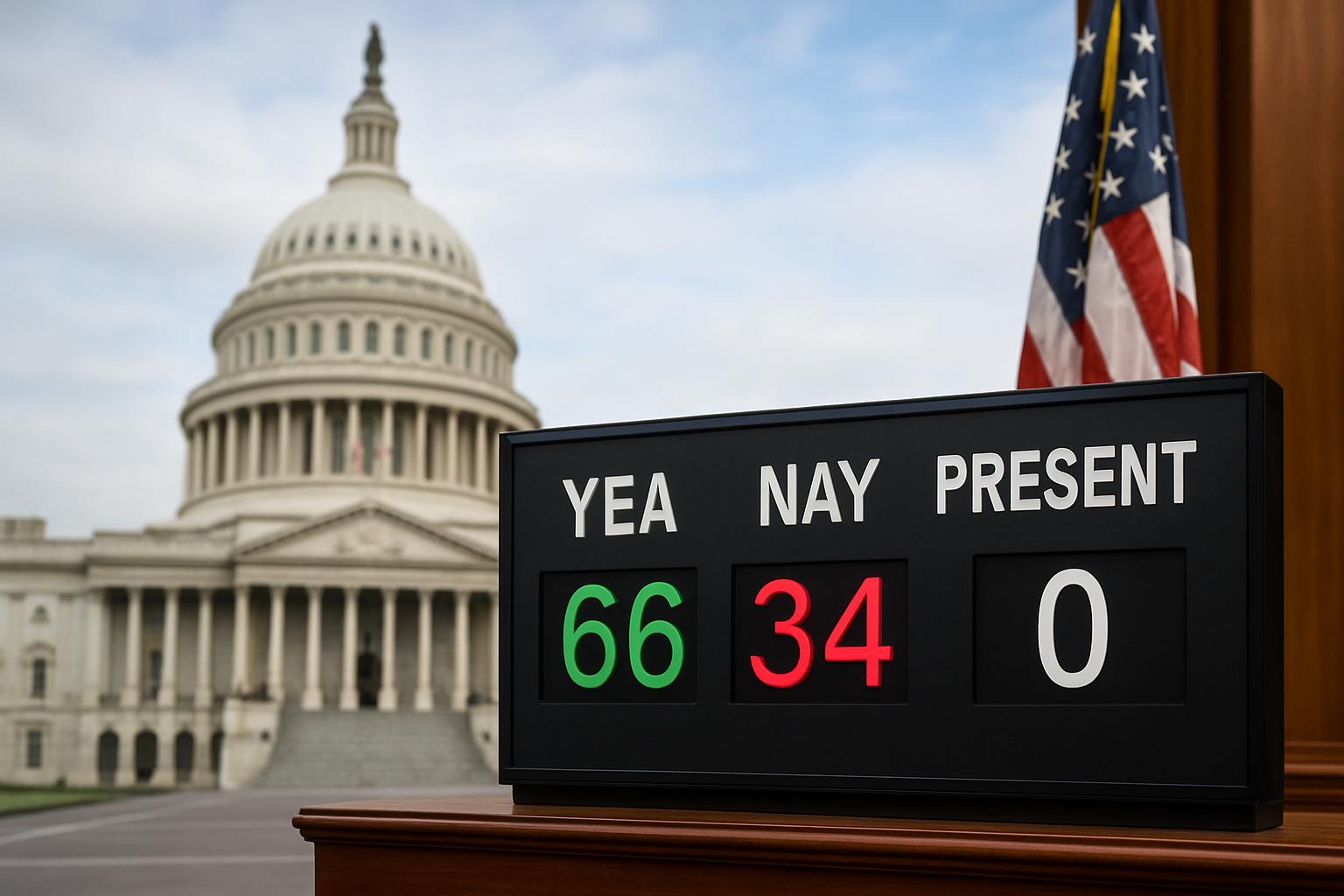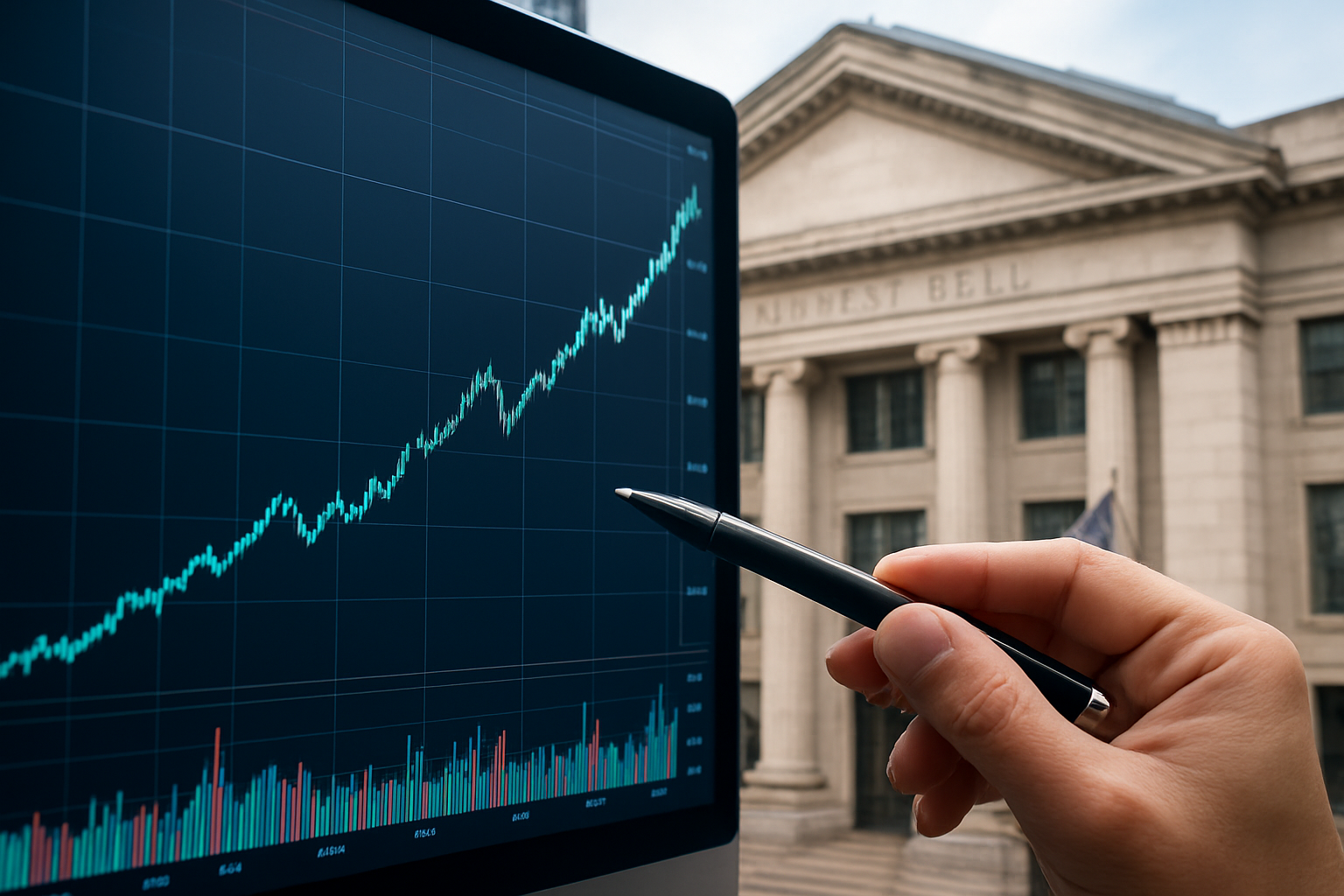The race for resource security is intensifying — and Washington just raised the stakes. The U.S. Geological Survey (USGS) has expanded its official list of critical minerals for the first time since 2022, adding ten new commodities, including copper, silver, uranium, potash, lead, and metallurgical coal. This move, unveiled last week, reflects the government’s growing concern over strategic dependencies and its drive to secure the materials underpinning the clean-energy transition, defense systems, and next-generation technologies.
For investors, this policy shift represents a defining moment for North American mining and metals — signaling both opportunity and risk as the global supply chain undergoes a structural reshaping.
A Policy Shift with Geopolitical Weight
The updated list — now covering over 60 minerals — redefines what Washington considers essential for national and economic security. The inclusion of copper and silver stands out, marking the U.S. government’s recognition that traditional industrial metals have become strategically indispensable.
According to the USGS, copper’s role in electrification, renewable energy grids, and electric vehicles makes it critical to U.S. infrastructure resilience. Similarly, silver — vital in solar panels, batteries, and electronics — has transitioned from a precious metal to an energy-metal powerhouse.
The timing aligns with rising global tensions and resource nationalism. As trade friction with China persists and the U.S. deepens cooperation with allies such as Canada and Australia, Washington’s expanded list sends a clear message: supply-chain sovereignty is now an economic priority.
Why This Matters for Investors
The policy shift opens the door to new investment incentives, government-backed financing, and strategic partnerships aimed at building secure domestic supply chains. The U.S. Department of Energy and Department of Defense are expected to channel more funds into projects aligned with the updated critical-minerals framework — ranging from advanced exploration to refining and recycling.
In Canada, where mineral-rich provinces like Ontario, Quebec, and British Columbia host major deposits, the announcement reinforces cross-border integration through the U.S.–Canada Critical Minerals Action Plan. This could accelerate joint funding for copper, nickel, and rare-earth projects — particularly those aligned with the clean-energy transition and electric-vehicle manufacturing.
However, while the market’s enthusiasm is palpable, investors should remain discerning. Exploration-stage equities may see short-term spikes, but execution risk — from permitting delays to cost inflation — remains high. The most resilient opportunities likely lie in mid-tier and established producers with strong ESG compliance, scalable operations, and partnerships tied to government programs.
Expert and Market Reactions
Analysts from Bloomberg Intelligence noted that “copper’s inclusion underscores the mismatch between long-term demand expectations and short-term supply bottlenecks,” highlighting that global copper supply may fall short by 6 million tonnes annually by 2035 if new projects don’t advance.
Similarly, McKinsey & Company recently estimated that the transition to clean energy could double global demand for critical minerals by 2040, adding pressure to supply chains already strained by underinvestment and regulatory complexity.
Market sentiment has reflected this shift:
- Copper futures climbed modestly on the Comex following the USGS update.
- Silver prices rose above $28 per ounce as industrial demand forecasts strengthened.
- Shares of Freeport-McMoRan ($FCX) and First Quantum Minerals ($FM.TO) gained on expectations of policy-driven demand growth.
These market moves indicate that investors are pricing in policy tailwinds even before direct capital programs take shape.
Future Trends to Watch
- Onshoring and Refining Capacity: The U.S. may accelerate efforts to develop domestic refining for copper and lithium — sectors currently dominated by Asia.
- Strategic Partnerships: Expect to see more U.S.–Canada–Australia joint ventures in critical mineral extraction and processing.
- Defense and Clean Energy Integration: Government contracts tied to defense, EV, and grid projects could provide guaranteed off-take for qualified producers.
- Recycling and Circular Supply Chains: Advanced recycling technologies are emerging as key solutions to offset material shortages.
- ESG and Permitting Reform: Investors should monitor policy reforms aimed at streamlining North American mining approvals while maintaining environmental standards.
Key Investment Insight
The inclusion of base and energy-linked metals such as copper, silver, uranium, and potash on the U.S. critical-minerals list confirms that policy support for mining is strengthening. Investors should focus on:
- Producers and developers in politically stable jurisdictions with multi-asset portfolios.
- Critical-mineral ETFs or funds positioned for North American reindustrialization.
- Infrastructure and clean-energy companies with direct mineral supply exposure.
In the medium term, resource security may drive valuations more than short-term commodity cycles, favoring miners integrated into the U.S. and allied supply chains.
As government policy, clean-energy demand, and geopolitics align, critical minerals are no longer a niche play — they are fast becoming the foundation of global economic resilience.
Stay with MoneyNews.Today for the latest market intelligence shaping the future of strategic resources and investment trends.





